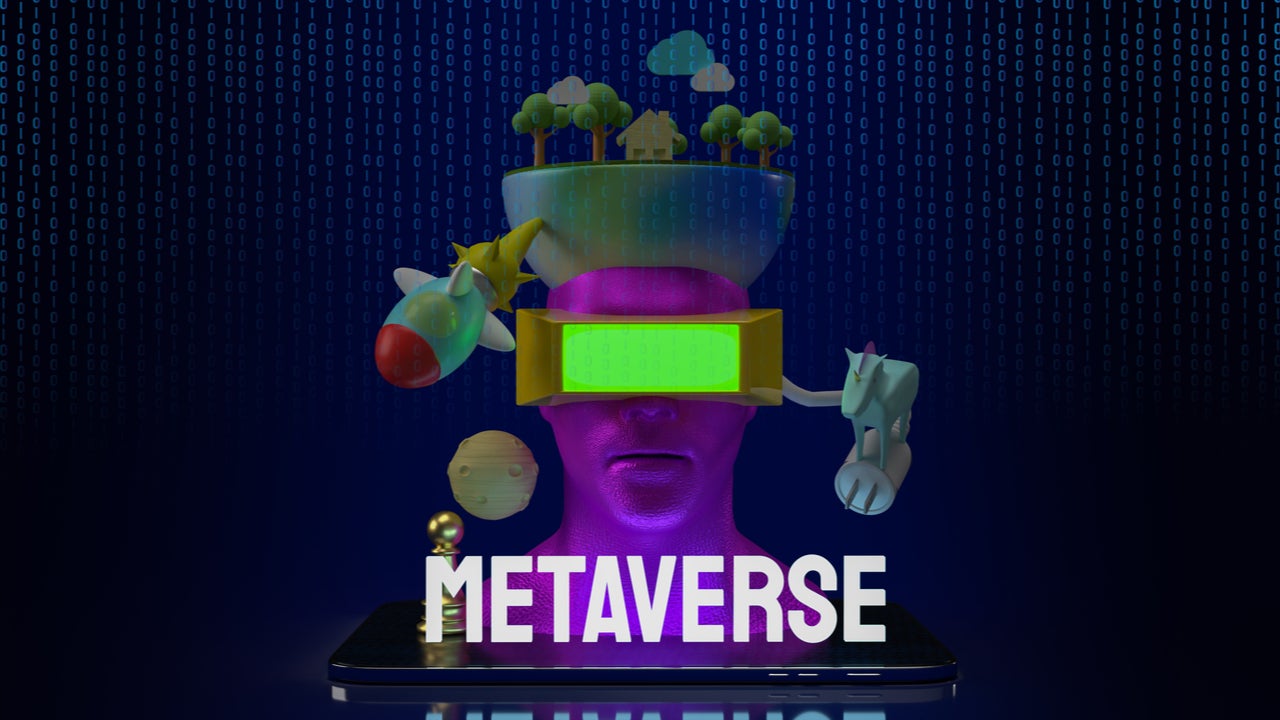The metaverse looks likely to reach into every corner of our lives. Apple, Disney, Nvidia, Microsoft, and Meta (formerly Facebook) have all stated their intentions to get involved, but the environmental costs from AI workloads that will arise from running the metaverse on a large scale will be huge. However, recent technological innovations in data centers will help. Furthermore, the metaverse may offset emissions by changing the very ways we interact with each other.
The metaverse and its environmental impact
The metaverse is a virtual world where users can share experiences and interact in real time within simulated scenarios. It has been described by Microsoft as “a new version—or a new vision—of the internet”. The volume, variety, and speed of data that will be generated by users will require AI applications for analysis. The metaverse will also likely rely on virtual reality (VR) technologies, which already use AI technologies, such as deep neural networks for accurate hand tracking and deep learning for eye tracking.
Data center processing, especially for AI workloads, comes at a huge environmental cost. Researchers at the University of Massachusetts performed a lifecycle assessment for training several common large AI models and found that training a single AI model can emit as much as 626,000 pounds of carbon dioxide equivalent. That is nearly five times the lifetime emissions of the average American car.
Cloud services are critical to VR and, in turn, will be critical for the metaverse. According to a 2020 report by researchers at Lancaster University, a scenario in which 30% of gamers have moved to cloud gaming platforms by 2030 would lead to a 30% increase in carbon emissions, compared to gaming as it stands today. The metaverse is also likely to require very high-resolution imagery, which will further increase energy consumption.
Recent technological innovations
There have been several innovations over the past year that will help data centers to become more sustainable, and there will surely be more in the future. Since sustainable energy sources are also set to become more mainstream, the future environmental impact of the metaverse will be lesser than it is today.
For example, Microsoft, which dominated the leasing of US multi-tenant data centers in 2020, has committed to using 100% renewable energy for its Azure cloud platform by 2025, replenishing more water than it consumes by 2030, and being certified by 2030 for zero waste.

US Tariffs are shifting - will you react or anticipate?
Don’t let policy changes catch you off guard. Stay proactive with real-time data and expert analysis.
By GlobalDataOpenUK, a UK-based open-source pressure group, has also announced an innovative “Patchwork Kilt” framework at COP26 for helping to increase the sustainability of data centers. This includes converting derelict buildings into 5G-connected edge data centers and encouraging hardware reuse.
Reducing potential emissions in other areas of life
It is also possible that the metaverse will offset emissions in other areas of life. For example, by hosting concerts in virtual spaces, environmental costs incurred through travel—especially air travel—will be reduced. With office spaces also set to be hosted in the metaverse, emissions from commuting will also be cut. This will reduce net emissions and will thus reduce the overall environmental impact of the metaverse.
The full extent to which the metaverse will take over our lives is not yet clear. However, with a renewed focus on sustainability within the tech sector, the environmental impact should be on the minds of those pushing for the metaverse to happen.









